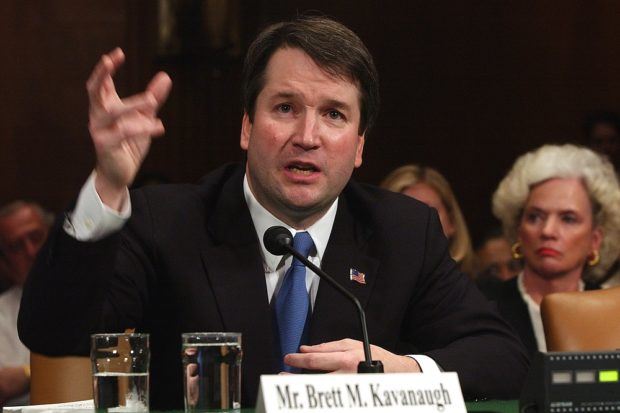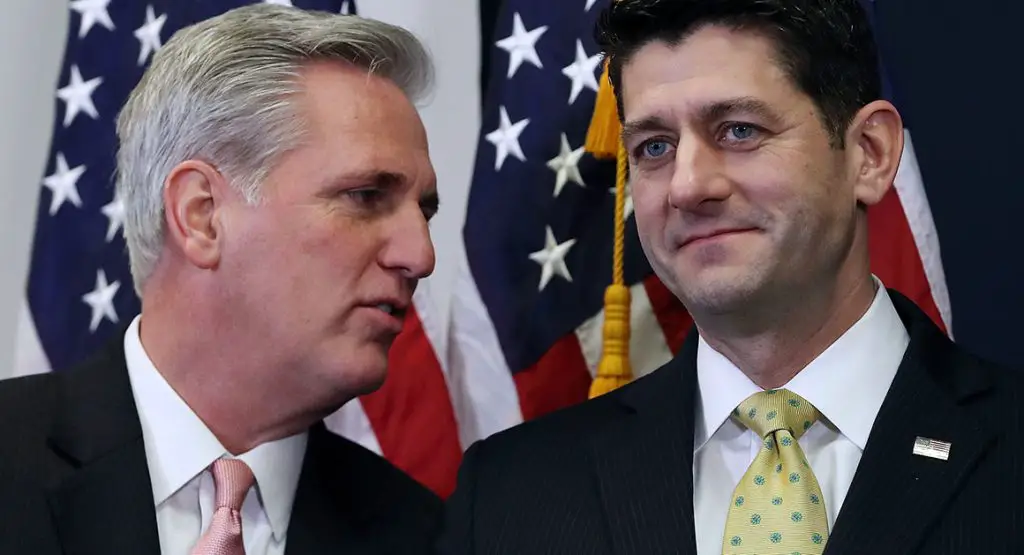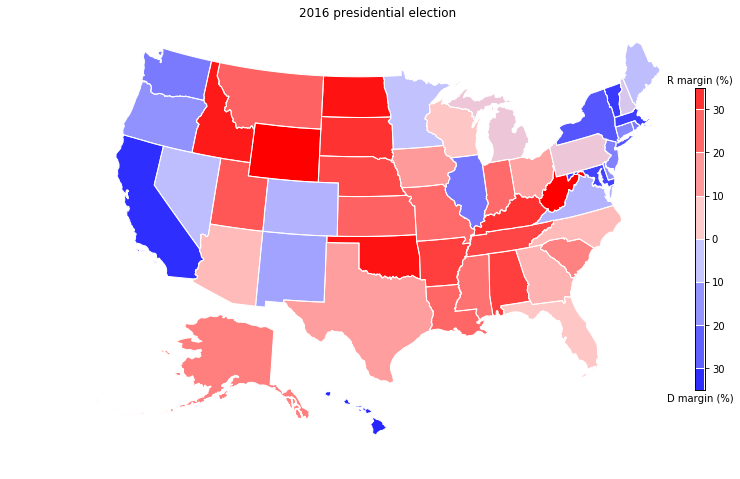
This would allow them to pass aggressive renewable portfolio standards and greenhouse gas targets.

In 13 states, Democrats now control the governorship along with upper and lower legislative chambers. Legislatures in several states - Maine, Colorado, New Hampshire, Connecticut, New York, Minnesota - also saw at least one chamber flip in favor of Democrats. That gives states like Nevada another lever to drive climate policies.

In 38 states, governors also appoint utility commissioners, who shape investment in energy infrastructure and can help decide whether to keep an aging coal plant online or to rapidly deploy renewables. Then Democrat Roy Cooper was elected and pulled an aggressive U-turn, going as far as to sign an executive order committing the state to cutting its greenhouse gas emissions 40 percent below 2005 levels by 2025. The state passed a law in 2012 preventing the government from even considering the latest climate change science in its planning. We saw this play out in North Carolina after the last election. They also play a huge role in how federal environmental laws like the Clean Air Act are enforced. These wins are critical because governors have executive authority that allows them to dictate some state energy priorities.

Democrat Tony Evers, Wisconsin’s governor-elect, defeated incumbent Scott Walker on a platform that included a pledge to join 17 other governors committed to the goals of the Paris climate agreement. And Grisham advocated new rules to regulate methane, a potent greenhouse gas, and has a long voting record in the House as a representative of New Mexico in favor of bills to address climate change.ĭemocrats flipped executive offices in other states as well. Meanwhile Mills’s platform included cutting Maine’s greenhouse gas emissions 80 percent by 2030.

“In fact, as governor, I would like to get us on the road to 100 percent,” Sisolak said in a campaign ad. This is a ballot measure that commits Nevada to getting 50 percent of its energy from renewable sources by 2030. Sisolak, for example, campaigned on his support Question 6, one of the few state clean energy ballot initiatives that passed on Tuesday. In the past two years, these states all passed renewable energy bills through their legislatures that were vetoed by Republican governors.īut with these Democrats now heading into the governors’ mansions, it’s very likely that these states will take another run at clean energy legislation. Environmentalists lamenting that a green wave didn’t wash over Congress can find a glimmer of hope in the results of several key governor races.Īs of Wednesday, it looks like Democrats committed to fighting climate change gained several key governorships that could accelerate local and national progress in clean energy.ĭemocrat Stephen Sisolak won in Nevada, Democrat Janet Mills won in Maine, and Democrat Michelle Lujan Grisham won in New Mexico.


 0 kommentar(er)
0 kommentar(er)
